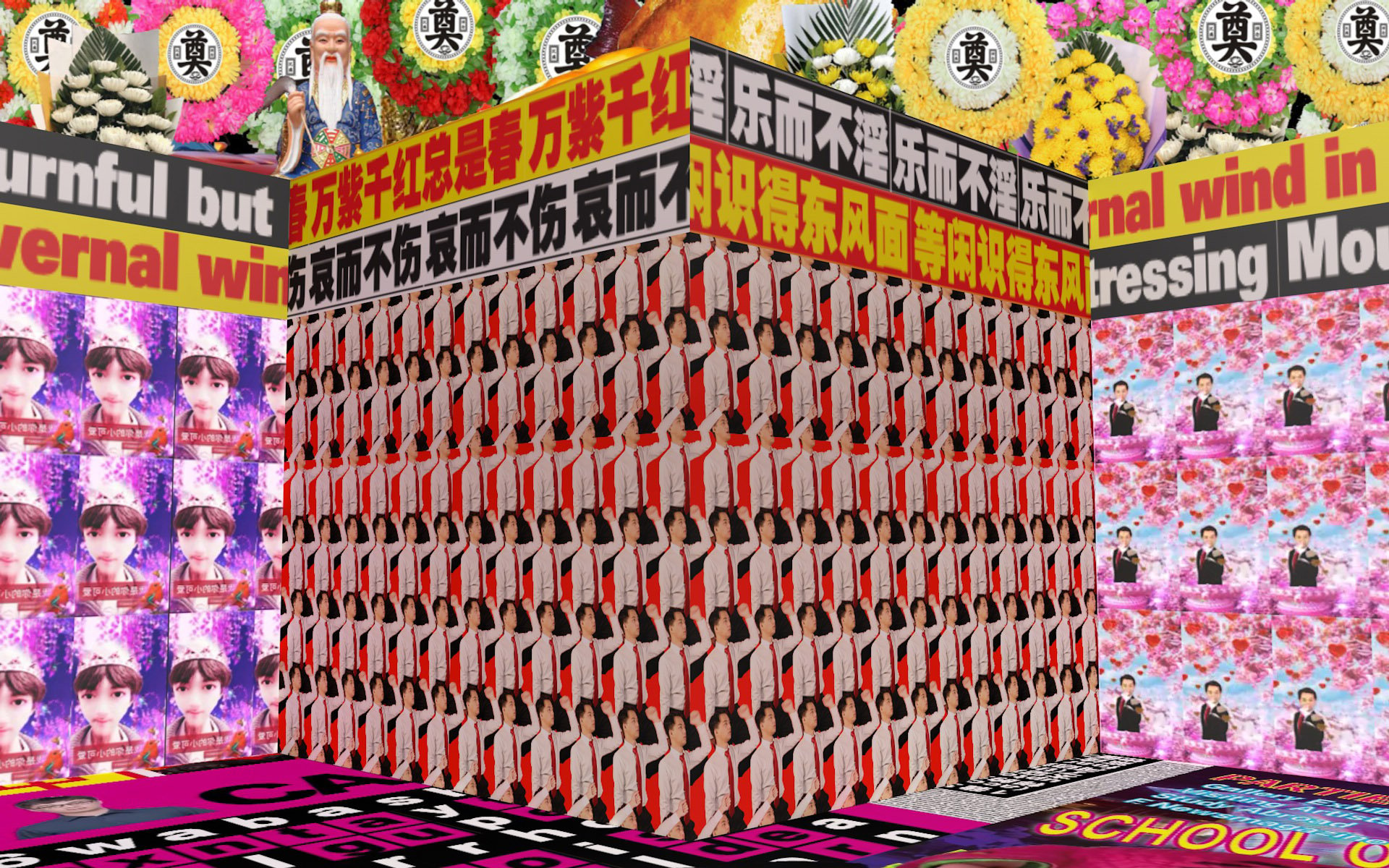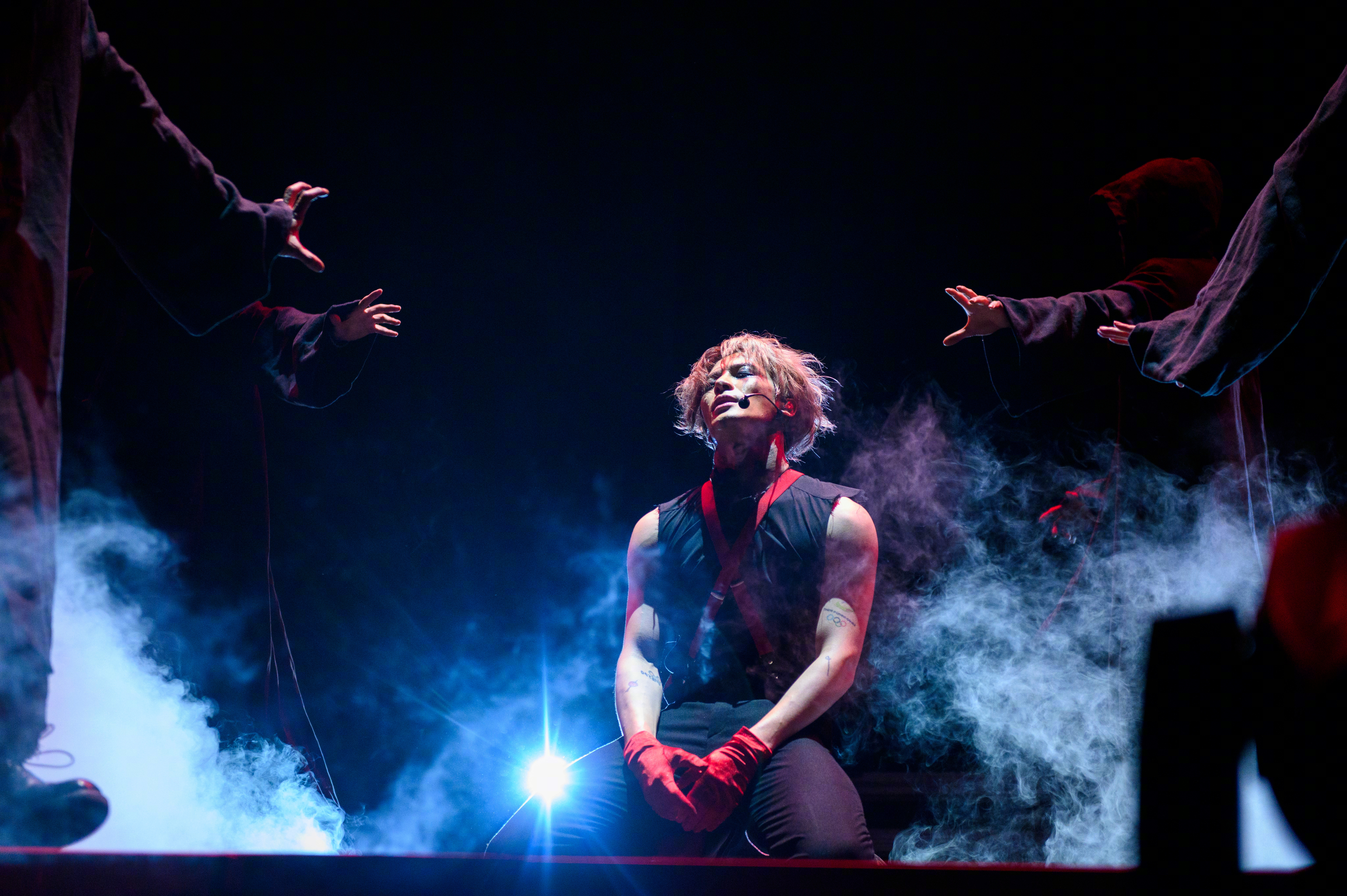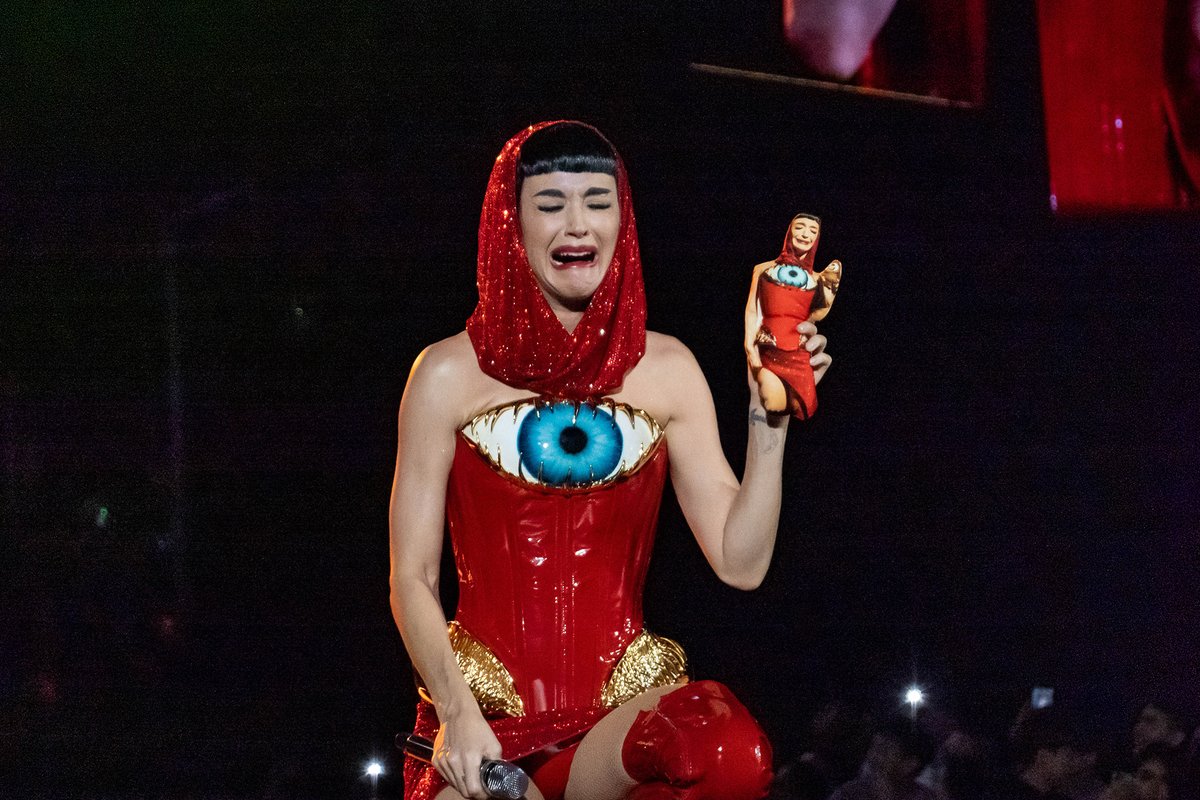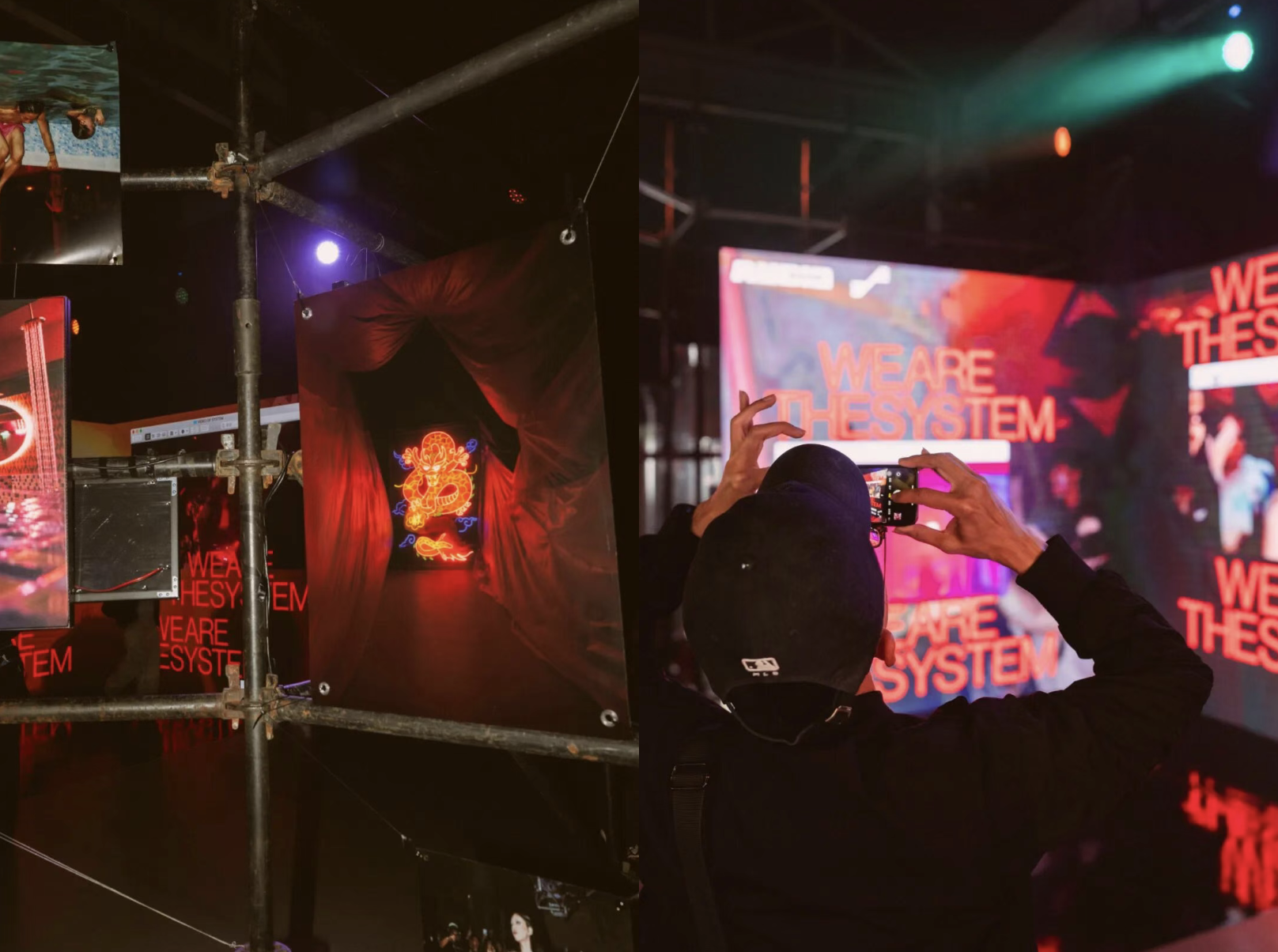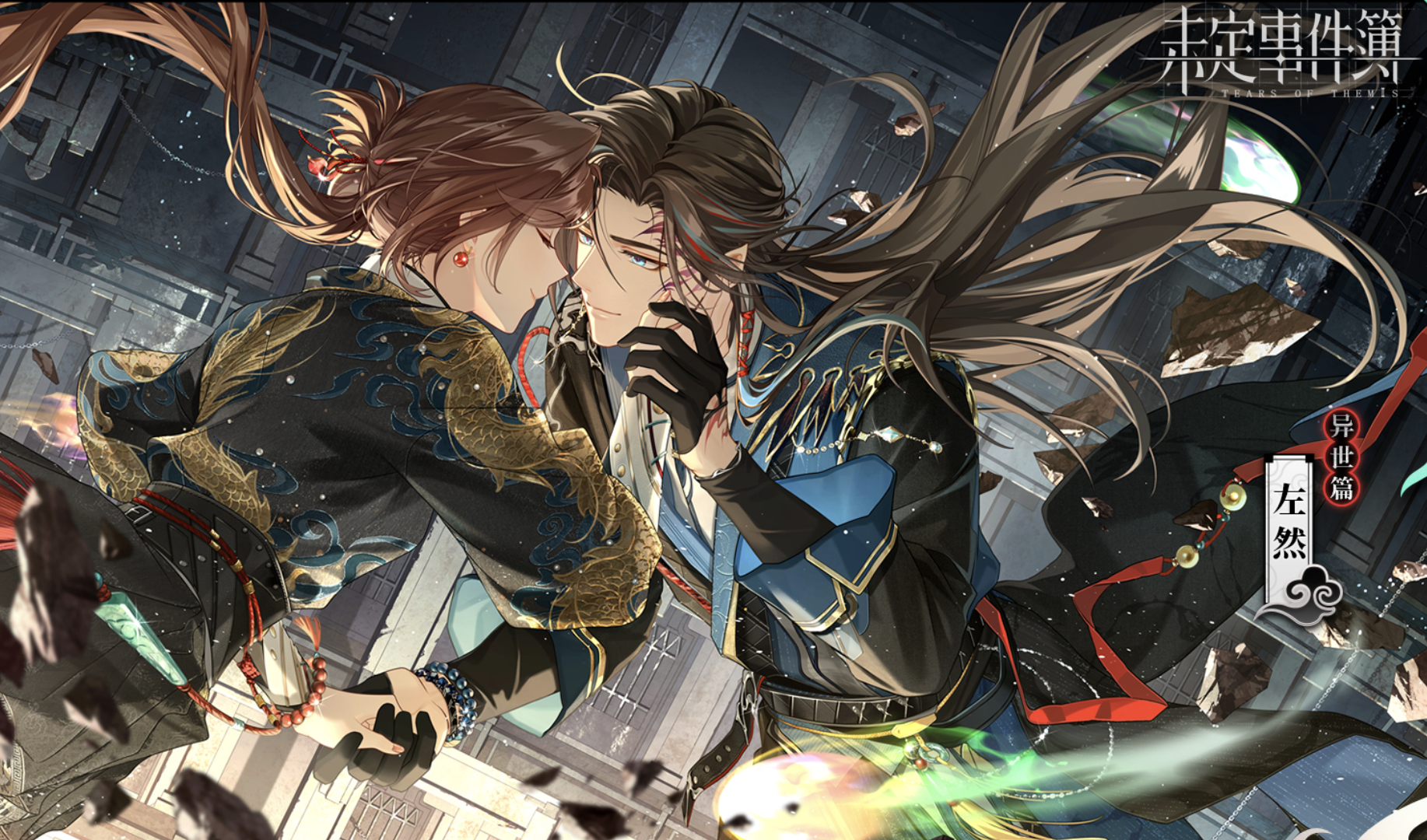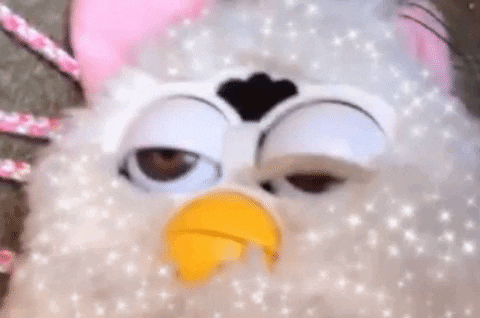From humble origins, as pirated American hip hop arrived on dakou CDs in the late ’90s, through the politically turbulent, DIY, Iron Mic and battle-rap-heavy days of the mid-to-late 2000s, Chinese hip hop has bloomed into a gold rush in recent years. Today, groups like the Higher Brothers sell out international tours, backed by an increasingly viable commercial industry. Following the explosive popularity of the first two seasons of iQIYI series The Rap of China, and the proliferating effect of social media, terms such as “rap,” “freestyle,” and “skr” have effectively been cemented into the lexicon of modern Chinese youth.
Related:
 “Rap of China” Gears Up for Season 3 Despite Waning InterestAs the global horizon for Chinese rap expands, future prospects for the show that blew it up might be starting to shrinkArticle Mar 27, 2019
“Rap of China” Gears Up for Season 3 Despite Waning InterestAs the global horizon for Chinese rap expands, future prospects for the show that blew it up might be starting to shrinkArticle Mar 27, 2019
The game has definitely changed since I first began to research the scene back in 2008. Now whenever you look up, there seems to be an ever-expanding field of rappers, no longer limited by age or proximity to first-tier cities such as Beijing and Shanghai. Many among the “Post-95” (95后) generation of artists — those born in or after 1995 — share the genre-agnostic approach of their predecessors, but unlike the generation which preceded them, hail from lesser-known third- and fourth-tier cities. The 95后 class has grown up with a variety of global influences fueled by the rapid development of social media, as well as ready access to VPN software allowing them to visit sites blocked by China’s Great Firewall. The result has been a generation that came of age during a cultural zeitgeist defined by rap.
Simply put, all kinds of young people today are being exposed to hip hop as an art form — not just the alternative culture/skater types, which more or less characterized the subculture a decade ago.

A showcase of mostly 95后 rappers at South by Southwest 2019
I got the opportunity to connect with this new generation of rappers and music producers at this year’s SXSW music festival, following up on work from last summer as part of the Found Sound China residency. Last March, SXSW hosted more acts from Mainland China and Hong Kong than any previous year, with one showcase in particular focusing on rappers from the Mainland.
Hosted by We Are Original Creators (WR/OC), a label based out of Beijing that promotes an expansive roster of 95后 artists, the China Night showcase at this year’s SXSW brought a squad of artists in tow, with musical styles ranging from trap, geek, pop, electronic, and R&B to new jack swing. While I was familiar with the work of some of the artists in the lineup, like Yehaiyahan and Akin, it was my introduction to Young13dbaby, Ninenone, Kucci, and Lows0n, the median age of whom is about 21.
For fans of Chinese rap, Young13dbaby will draw obvious comparisons to Higher Brothers leader Masiwei, and Nineone to artists like Rap of China standout Vava — but dig a little deeper and this group represents an interesting space of artistry and experimentation from China’s fringe cities.
https://www.instagram.com/p/BvLNtxKn6dW/
Young13dbaby is a Tibetan artist from Chengdu by way of Gannan in northwestern Gansu province, whose videos are sometimes laden with social commentary. Nineone from the central city of Xi’an is slated to participate in the next season of Rap of China; Kucci, a Korean-Chinese artist who sings and raps in Korean and Mandarin; and Lows0n, a happy-hippy artist from southeastern Fujian province who makes EDM-infused bubblegum trap.
The night was characterized by this young generation experimenting with the culture and having fun. The mood was celebratory, with kind of a rap camp reality TV show vibe amongst the cohort, who invited me on stage at one point to start a cypher in between sets.
Among this 95后 generation of artists, genre-agnosticism is taken to new levels: for them, music, art and fashion have merged into a global internet aesthetic rooted in hip hop. At first listen, Lows0n from the fringe city of Xiamen sounds like if a J-Pop artist jumped into the Chinese rap game — not super technically sound, but playful, inventive and highly collaborative. She’s an example of a new wave of artists not limiting their craft to sound, but rather tying together a unique range of influences (for Lows0n: prenatal music, supermarkets, and shaved eyebrows).
I caught up with Lows0n after her appearance at SXSW to talk about her sense of visual style, her music, her influences and geek culture in general:

Lows0n live at Yuyintang, Shanghai, May 25, 2019 (photo by Tea Haus)
RADII: To start, how did you come up with the name Lows0n?
Lows0n: This is a Sino-Japanese-English compound word that Chinese people, Japanese people, and English-speaking people all can’t understand. It was originally a pronunciation, as my Chinese name is Lu, and in Japanese is Low-san, which has the same meaning as “Young Lu.” Afterwards, I wanted to use a full English name, so I changed the pronunciation of “low-san” to lowson. The Chinese-English translation has the meaning of “low son” — in Chinese it literally means a “low” son. Later , as I gradually established my personal musical style, I changed the O in son to -, and now it’s changed form again to lows0n, with the “0” meaning no low frequency.
You’re from Fujian province, right? How did you start getting interested in music?
I’m from Fujian. I started learning music in the womb. Listening to music has a natural groove, it’s probably genetic….
Your music sounds at times like children’s music, vaporwave, trap, and rap. How would you describe your sound? What inspires your sound the most?
“No frequency” is my signature sound, zhengtai* without too much of the feminine. The inspiration for my sound comes from my genes — sound’s natural attributes are just this way.
*Note: The word Zhengtai (正太, a young, cute boy) originated in Japan as Shotacon, “an attraction to young boys 13 years old or younger”.
You’ve called yourself “Neon Genesis Child Evangelion,” in reference to the Japanese anime, and you stand out as much for your visual style as your music. You wore all green for a year, have shaved eyebrows, and often use PhotoShop to create your own multimedia animations. Tell me about what the concept of “geek” means to you, and your relationship between multimedia art and your overall artistic practice.
My understanding of “geek” is that there’s no way to treat it ordinarily. It’s not necessarily advanced or low-level, but is often another kind of existence. Such groups of people [as geeks] can give life creative motion. Vision is the most intuitive form of communication — my appearance is a way of communicating my spirit. My creations come from my life, my life has created me, and I’ve created my life’s work. Visual presentation is the most effective, most direct, and most complete transmission for human work.
https://www.instagram.com/p/Bsp8kUKnQ2w/
https://www.instagram.com/p/BuZdx5gnJ1y/
Vision is the most intuitive form of communication — my appearance is a way of communicating my spirit
What do you think is the future of Chinese hip hop? What role do you think you should play?
Giving up copying Black culture is the future of Chinese hip hop. I’ll continue the role of influencing others around me, no matter how many people they are.
What did you think of your first time going to America to perform at SXSW? From your perspective, what are the benefits and challenges of bringing Chinese hip hop to international audiences?
I’m still my aloof self, no matter how many people are in the audience. Listen to more music and be open-minded to more music.
Your new album,低鹅子还在长高, came out in April, and you’ve just finished an album release tour behind that. What’s next for you?
Complete my VLOG (music + life + theater). Increase my following and let more sugar daddies know my price.
—
Cover image: Lows0n live at Yuyintang, Shanghai, May 25, 2019 (photo by Tea Haus)
You might also like:
 “Like a Cyborg Mutant”: Multimedia Artist Jiafeng Digests Modern ChinaArticle Jul 12, 2018
“Like a Cyborg Mutant”: Multimedia Artist Jiafeng Digests Modern ChinaArticle Jul 12, 2018
 New Weird China: Interview with South Acid Mimi Dance TeamArticle Mar 01, 2018
New Weird China: Interview with South Acid Mimi Dance TeamArticle Mar 01, 2018
 MC Shitou: Icon of a Fading Internet SubcultureArticle Feb 21, 2018
MC Shitou: Icon of a Fading Internet SubcultureArticle Feb 21, 2018
